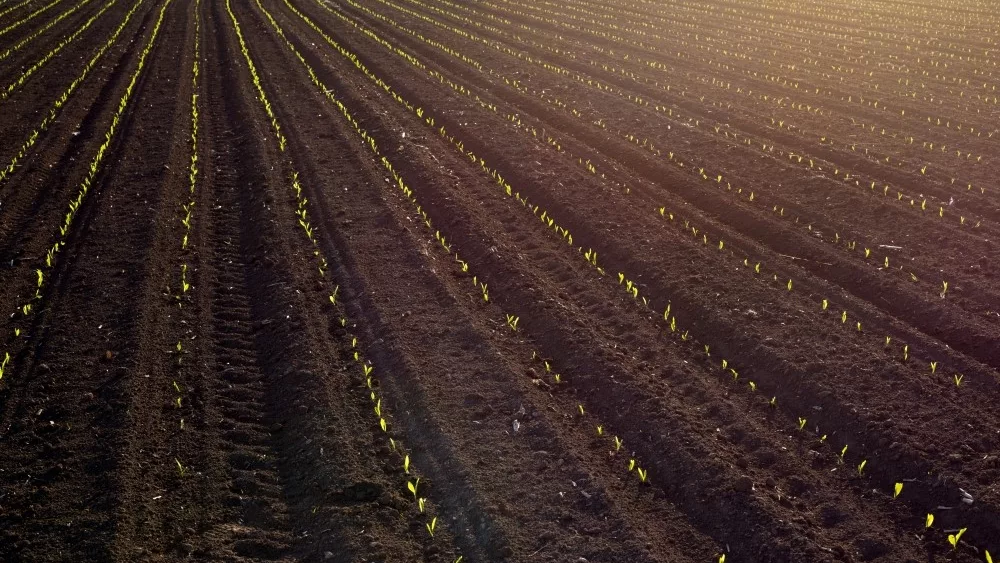
Field Crops
Many areas of Michigan received timely rainfall, according to Marlo Johnson, Director of the Great Lakes Regional Office of the National Agricultural Statistics Service. The majority of the Lower Peninsula remained in a moderate drought. There were 4.8 days suitable for fieldwork in Michigan during the week ending May 30, 2021.
Winter wheat condition held steady with a reported 66 percent of the crop rated in good to excellent condition.
Oat and barley seeding approached completion as both crops showed strong emergence.
Sugarbeets reached full emergence with a reported 99 percent of the crop breaking ground.
Corn and soybean planting neared completion with both crops significantly ahead of schedule.
Hay and alfalfa cuttings began as weather allowed.
Pasture and range condition showed improvement as much relief was brought on by precipitation and sunshine.
Other activities included fertilizer application, spring tillage, and crop scouting.
Corn
Planted: 95%
Emerged: 79%
Condition: 63% G/E
Soybeans
Planted: 91%
Emerged: 67%
Condition: 63% G/E
Wheat
Jointing: 97%
Headed: 51%
66% G/E
Barley
Planted: 90%
Emerged: 50%
Oats
Planted: 97%
Emerged: 86%
62% G/E
Sugarbeets
Emerged: 99%
62% G/E
Range and pasture
Condition: 44% G/E
Fruit
The hot weather that began the week gave way to passing showers midweek and cooler temperatures for the holiday weekend. The precipitation was much needed as fruit crops, especially newly planted blocks, were suffering. Major fruit growing regions in Michigan remained in drought so additional rainfall was hoped for.
Apple growers in the Northwest were beginning to thin their crop. Gala were 3-5 mm and Honeycrisp were 1-3 mm there. In the Grand Rapids area, fruitlets were around 10 mm and ranged from 13 to 22 mm in the Southwest.
Plum curculio was very active last week and codling moth catches increased.
Tart cherries were 8 mm in the Northwest and around 12 in the Southwest. Peaches in the Southwest were around 15 mm.
Blueberry bloom continued. Freeze damage from April frost/freeze events were becoming evident. The damage was not great but was noticeable in some fields.
Growers that had not irrigated previously were checking equipment and planned to begin soon if rainfall did not provide adequate amounts of moisture.
Vegetables
Increased precipitation and cooling temperatures this week allowed for more transplanting of crops such as peppers, eggplants, and melons.
Across the state, vine crops and fruiting vegetables were going in under low tunnels. Early plantings of potatoes showed considerable growth, as did plantings of peas and rhubarb.
Pest presence was detected in asparagus and celery fields. In the West Central region, winter squash seeding was underway while seeding of cucumbers began in the East.
Field planting of tomatoes accelerated in the Southwest, and hoop house harvesting began in several locations throughout the state.





